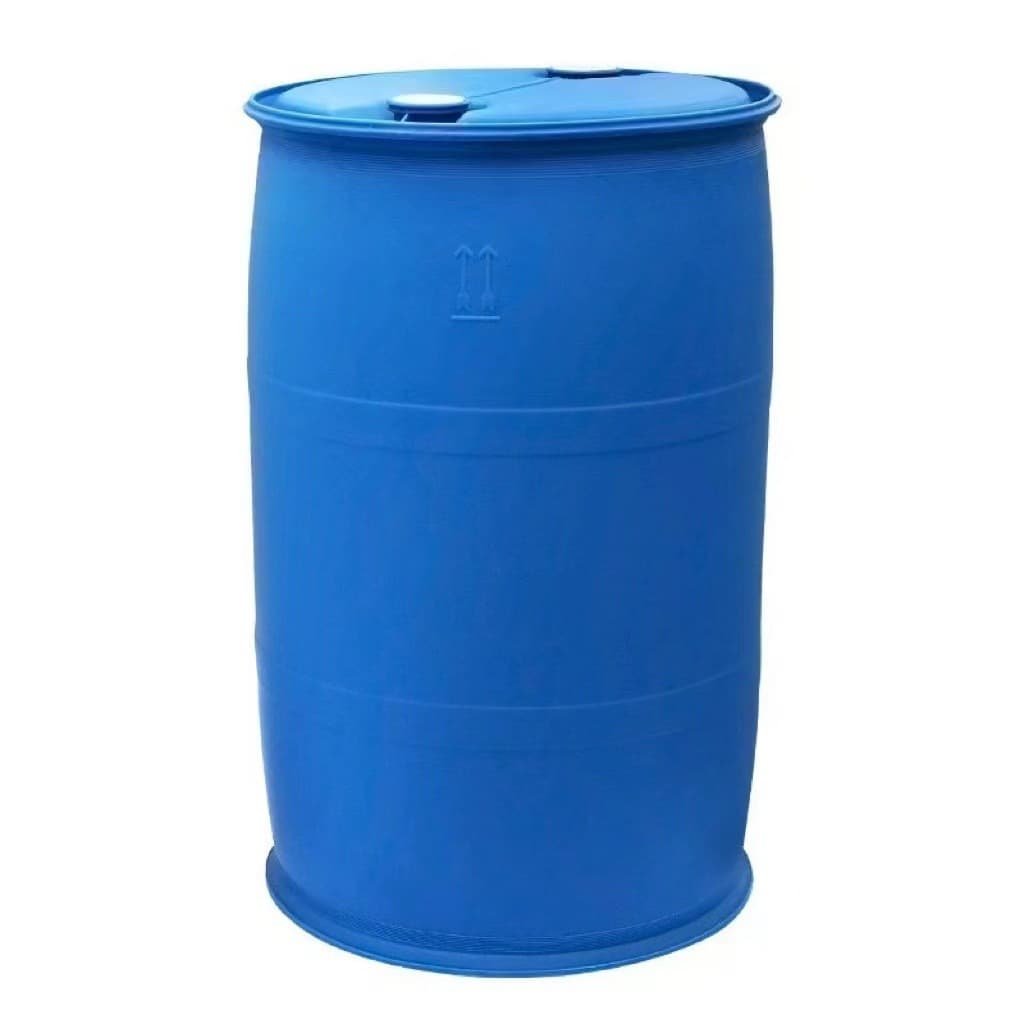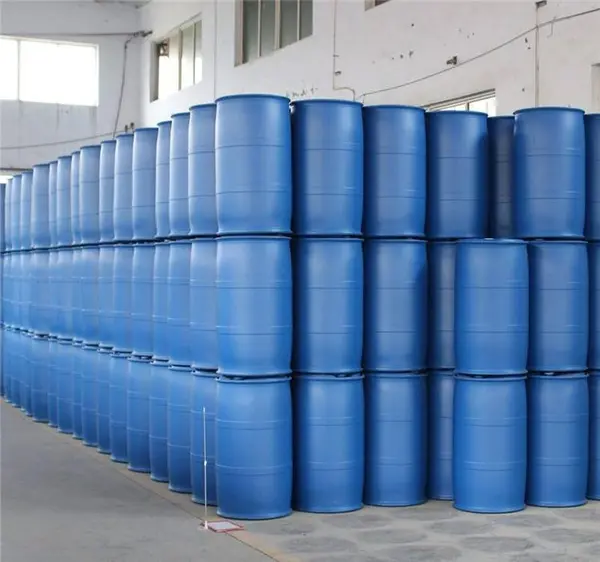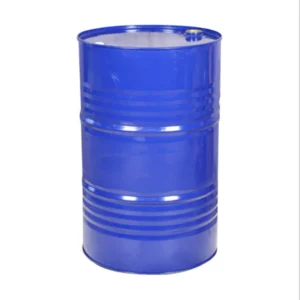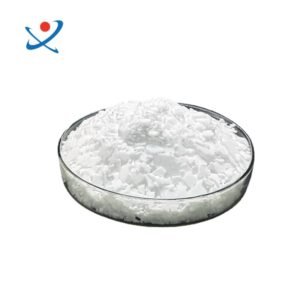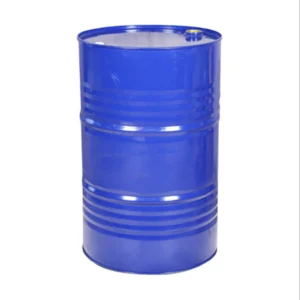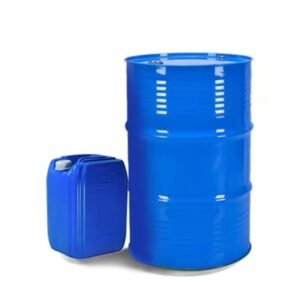Acrylic acid, with the CAS number 79-10-7, is a colorless liquid that serves as the simplest unsaturated carboxylic acid. Its chemical formula is CH₂=CHCO₂H, and it has a distinctive acrid odor. The compound is known for its corrosive properties, affecting metals and biological tissues, and it can polymerize violently under certain conditions, particularly when exposed to heat or in closed containers.
Physical Properties
Boiling Point: Approximately 141°C (286°F)
Freezing Point: About 13°C (56°F)
Flash Point: 68°C (130°F)
Miscibility: Acrylic acid is miscible with water, alcohols, ethers, and chloroform, but it is incompatible with strong oxidizers and bases.
Production Methods
Acrylic acid is primarily produced through the oxidation of propylene, a byproduct of ethylene and gasoline production. Various methods exist for synthesizing acrylic acid, including:
Oxidation of Acrolein: Using silver or vanadium as catalysts.
Pyrolysis: Heating sec-butyl acrylate or ethyl acrylate at high temperatures.
Carbon Dioxide and Ethylene Reaction: Passing these gases through silica gel impregnated with iron sulfite at elevated temperatures.
Applications
Acrylic acid is a key raw material in the production of various acrylic esters, which are used in:
Surface Coatings: For paints and varnishes.
Adhesives: In various industrial applications.
Plastics: Including superabsorbent polymers (SAPs) used in products like diapers and food packaging.
Textiles: As a component in fibers and fabrics.
The compound’s ability to polymerize makes it valuable in creating polyacrylic and polymethacrylic acids, which are utilized in a wide range of applications due to their unique properties, such as durability and water absorption capabilities.
Safety and Hazards
Acrylic acid is classified as a hazardous material. It poses risks such as:
Corrosiveness: Can cause burns to skin and eyes.
Flammability: It is a flammable liquid and can produce toxic vapors when heated.
Polymerization Risks: Can polymerize violently, especially in the presence of certain catalysts or under heat.
In summary, acrylic acid (CAS 79-10-7) is a versatile chemical with significant industrial applications, but it requires careful handling due to its hazardous nature and potential for violent reactions.
Acrylic acid CAS 79-10-7
CAS No. 79-10-7
Other Name:
2-Propenoic acid;
Acroleic acid
MF: C3H4O2

